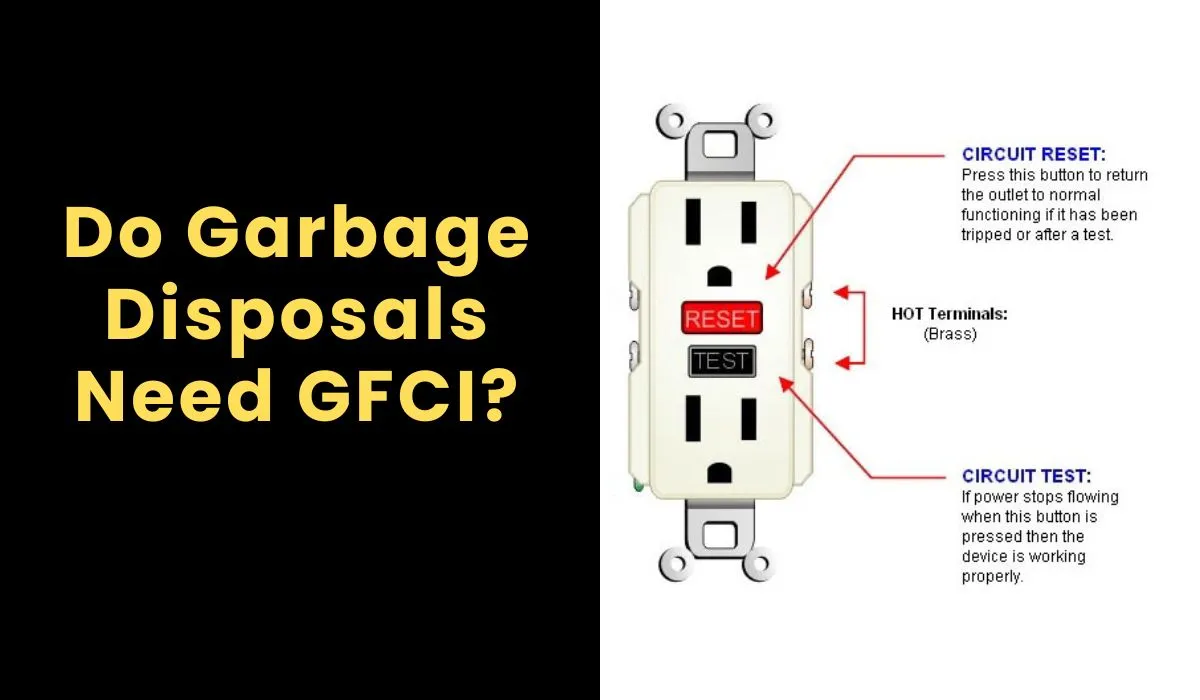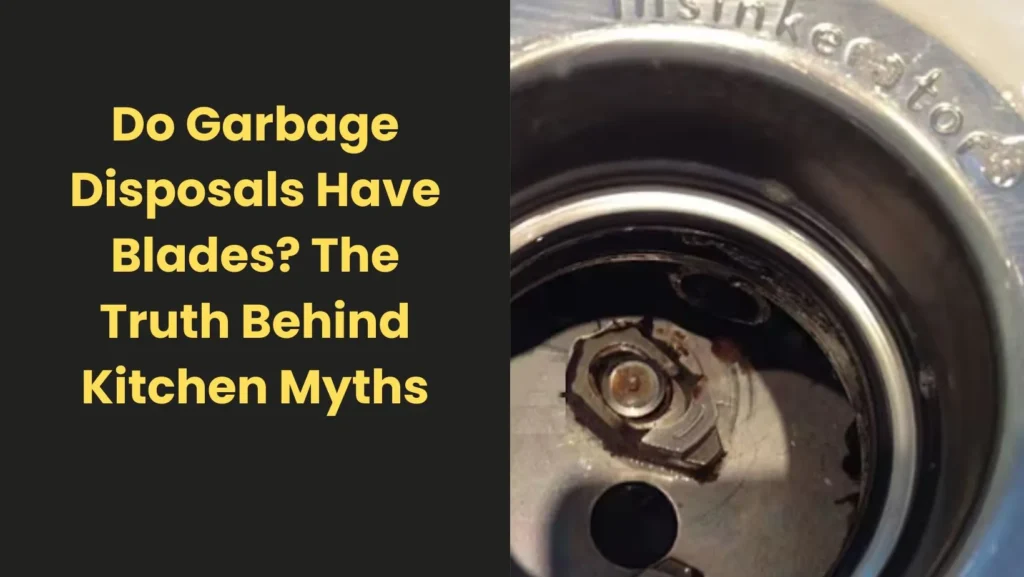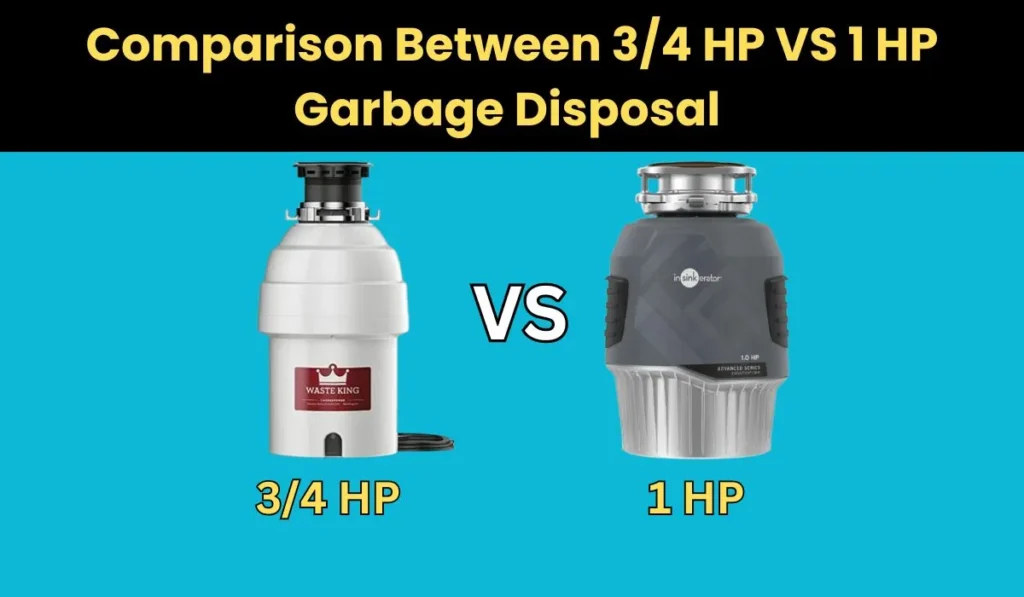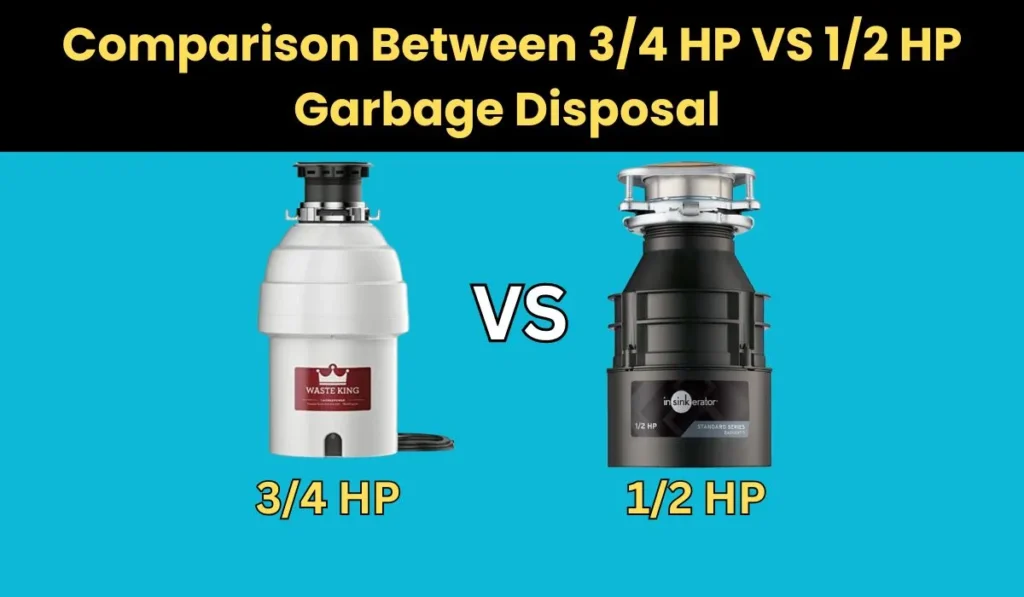Do Garbage Disposals Need GFCI?
Garbage disposals are common in U.S. kitchens, but their electrical safety rules can feel confusing. A big question homeowners ask is simple: do garbage disposals need GFCI protection? Short answer: yes—under today’s codes and best practices, a garbage disposal on a receptacle in a kitchen should be GFCI-protected. The NEC has tightened requirements over time, and as of NEC 2023, all kitchen receptacles must be GFCI, which captures the typical under-sink outlet used for a disposal. Even in areas still on older code cycles, a plug-in disposal within 6 feet of a sink has long been treated as needing GFCI.
Below, we break down what a GFCI is, what the NEC 2014/2017/2020/2023 codes say, where regional/state differences come in, and practical ways to make your under-sink outlet GFCI compliant and safe.
Understanding GFCI and Kitchen Outlet Safety
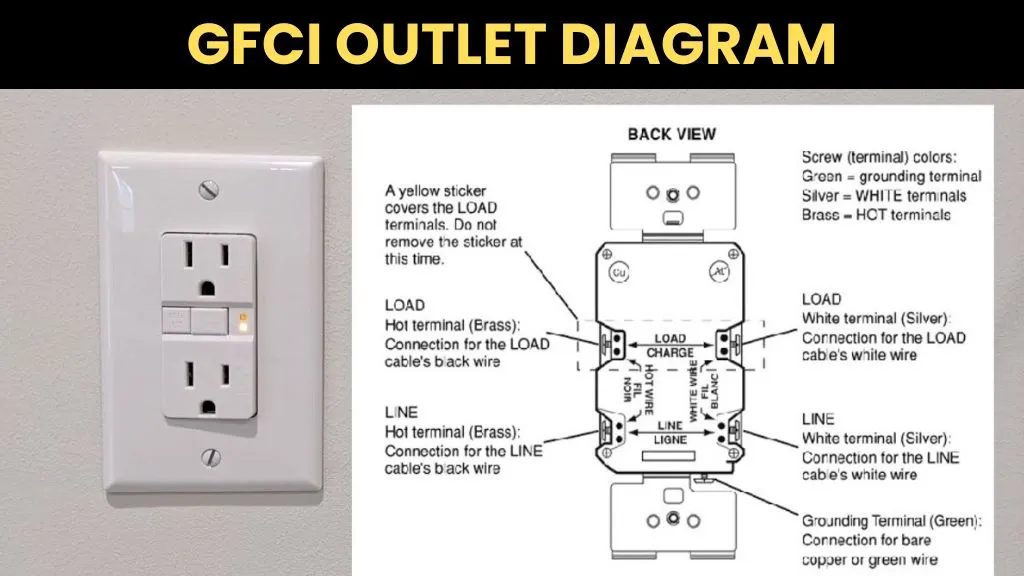
What is a GFCI?
A Ground Fault Circuit Interrupter (GFCI) is a safety device that shuts power off the moment it senses electricity leaking somewhere it shouldn’t—like through water or a person. It trips in fractions of a second to prevent shock.
Where do you use GFCI?
Anywhere water and electricity live close together: kitchens, bathrooms, garages, laundry rooms, outdoors, and especially within 6 feet of a sink. Since a kitchen sink disposal sits directly under the sink, homeowners naturally wonder about a garbage disposal GFCI requirement.
Why it matters under the sink
Under-sink spaces can be damp from leaks or condensation. If a disposal’s motor or wiring develops a fault, GFCI for garbage disposal protection can prevent a dangerous shock. It’s a simple layer of safety for a very wet area.
NEC Code Requirements for a Garbage Disposal (2014–2023)
The National Electrical Code (NEC) updates every three years, and jurisdictions adopt on different timelines. Here’s the plain-English progression.
NEC 2014 & 2017
If a receptacle is within 6 feet of a sink, it must be GFCI-protected. Disposals aren’t named verbatim, but the under-sink receptacle for a plug-in garbage disposer is typically inside that distance—so it needs GFCI. Hardwired disposals (no receptacle) sit outside the receptacle-specific rule.
NEC 2020 – Same Rule, Clearer Practice
The 6-foot sink requirement remains, which means a plug-in disposal outlet under the sink must be on GFCI. For hardwired vs plug in: use a GFCI receptacle for plug in units; consider a GFCI breaker for hardwired units (often recommended by manufacturers or inspectors). Dishwashers explicitly require GFCI under appliances rules; many kitchens protect dishwasher and garbage disposal together or separately, depending on wiring and load.
NEC 2023 – All Kitchen Receptacles Need GFCI
This is the big change: every 125–250V kitchen receptacle requires GFCI, not just those serving countertops. Result: any receptacle feeding a garbage disposal must be GFCI protected, whether it’s in the cabinet, on a wall, or elsewhere in the kitchen. Hardwired disposals are still technically outside 210.8’s receptacle language, but many jurisdictions and electricians use a dual-function GFCI/AFCI breaker to protect the circuit anyway.AFCI Also Applies
AFCI Also Applies
Modern dwelling kitchens typically require AFCI for fire protection, in addition to GFCI for shock. The common solution is a dual function GFCI/AFCI breaker or a GFCI receptacle on an AFCI branch circuit covering both safety needs with minimal hassle.
Regional and State Code Variations (U.S.)
Adoption timing varies. Your state or city may still be on NEC 2017 or 2020 while others are on 2023. Some states amend the model code for example, parts of California often require dedicated circuits for disposals and prefer cord and plug connections, which makes the GFCI outlet vs GFCI breaker decision straightforward. Ultimately, your Authority Having Jurisdiction (AHJ) the local inspector has the final say. Even if your area hasn’t adopted the latest edition yet, adding GFCI for a garbage disposal is widely recommended and aligns with current best practice.
Benefits of GFCI Protection on a Garbage Disposal
- Shock protection: Cuts power in milliseconds if a fault occurs huge peace of mind around a wet sink.
- Early fault detection: Sensitive GFCIs reveal small leakage issues before they become dangerous.
- Water defense: If a leak reaches the outlet or junction box, the under sink outlet GFCI trips fast.
- Targeted shut off: Trips the affected outlet/circuit rather than your whole kitchen.
- Simple reset: Press Reset on the receptacle or breaker, no crawling under the sink to rewire.
How to Add GFCI Protection (DIY-Friendly Tips)
1) Swap the under-sink outlet for a GFCI receptacle
- Easiest fix for a plug-in garbage disposal.
- Wire correctly (LINE vs LOAD). If your dishwasher and disposal share a split receptacle, the LOAD terminals can protect both (label the downstream outlet as GFCI-protected).
- Ensure it’s accessible for testing/resetting.
2) Install a GFCI or dual-function GFCI/AFCI breaker
- Great for hardwired garbage disposal circuits or when the receptacle is awkward to reach.
- Protects the entire circuit from ground faults (and arcing if dual-function).
3) Use an upstream GFCI
- If a nearby GFCI countertop outlet already protects the downstream under sink receptacle, you may be covered, verify wiring and apply the provided “GFCI Protected” label.
4) Consider a dedicated circuit
- Reduces nuisance trips and dimming lights. Many pros split dishwasher and disposal onto separate 20A small appliance circuits when feasible.
5) Test monthly
- Hit Test, ensure it trips, then Reset. Frequent tripping? Check for moisture, damaged cords, or failing motors. Don’t bypass safety—fix the root cause.
Conclusion
So, do garbage disposals need GFCI protection? In today’s kitchens, the answer is a clear yes. While earlier versions of the NEC created some gray areas especially for hardwired units the modern standard leaves little room for debate. If your disposal is plugged into a receptacle, it falls under the rules, and as of NEC 2023, all kitchen outlets must be GFCI protected. Even in regions still working under older codes, most professionals recommend protecting a disposal with either a GFCI receptacle or a GFCI/AFCI breaker.
Beyond meeting code, GFCI protection offers real peace of mind. Kitchens are wet, busy environments, and a garbage disposal combines water, electricity, and moving metal parts exactly the kind of setup where a ground fault can be dangerous. Adding GFCI not only keeps your installation compliant but also keeps you and your family safe from shocks and potential fires.
Further Reading:
How to Recycle an Old Garbage Disposal
do garbage disposals need an air gap ?
The Life Expectancy of Garbage Disposals
Do Garbage Disposals Need a Dedicated Circuit? The Complete Guide
FAQ’s
The Author

I’m Muhammad Nabeel Dar, an employee in waste management and the owner of Garbage Waste Disposal with more than four years of experience helping people to control waste and garbage disposals are the best tools to control it. Read more

